«We are ready to observe billions of galaxies»
The European Telescope «Euclid» sent the first pictures from the mission in the “dark universe”. The Perseus Cluster and Horsehead Nebula are captured in dazzling detail as part of an effort to create a 3D map of the cosmos.
 Photo: esa.int
Photo: esa.int
Space Telescope “Euclid” transmitted its first images as part of a mission that promises to lift the veil on the “dark universe,” writes The Guardian.
The European Space Agency's (ESA) €1 billion mission is focused on dark matter and dark energy, which together make up 95% of the universe, but their nature is almost entirely mysterious. The first images show the Perseus Galaxy Cluster and Horsehead Nebula in dazzling detail and capture nearly 100,000 galaxies in a single image, demonstrating the telescope's unrivaled ability to make precise observations across vast areas of space.
Ultimately, the telescope, which can detect galaxies up to 10 billion light-years away, aims to create the largest 3D map of space ever created. This will allow astronomers to infer the large-scale distribution of dark matter and reveal the influence of dark energy in the early Universe. Dark matter permeates the Universe and acts as the cosmic glue that holds galaxies together, while dark energy is the name given to the mysterious force believed to be accelerating the expansion of the Universe.
Professor Carol Mundell, Director of Science ESA says the mission, which launched in July, will push the boundaries of scientific knowledge into uncharted territory «beyond Einstein.»
“As humans, we've managed to figure out how 5% of the universe works, and we've also figured out that there's another 95% that remains unknown to us,” she said. – We can't go to the edge of the universe to explore, but we will bring these images back to Earth and study them on computers – and for only 1.4 billion euros. I think it's magical”.
Over the next six years “Euclid” will observe about 8 billion galaxies using infrared and visible light across 36% of the night sky. In some cases, light from these distant bodies will pass close to dark matter on its way to Earth. When this happens, its gravitational field will bend the path of light, causing the galaxies to appear distorted in the final image.
«The round galaxy in the background may be shaped like a banana,» said Professor Mark Cropper of University College London, who led the development of the Euclid optical camera. By analyzing the patterns of distortion, astronomers were able to map the distribution of dark matter across the night sky and throughout the history of the Universe. “You cook it like toast on a toast rack,” Cropper said. – First you look at the distortion of nearby galaxies and calculate the dark matter in the first slice of toast. Then you go back to the next piece – further and further into the Universe and back in time.”
The mission may not initially answer the question of what dark matter is, but it should at least show where it is and how it leads yourself.
Researchers will also observe the movement of galaxies to build an accurate picture of the competing gravitational forces that cause galaxies to clump together and the dark energy that drives the accelerating expansion of space. This will allow scientists to see for the first time how dark energy worked in the early Universe.
Mundell notes: “Dark matter pulls galaxies together and causes them to spin faster than visible matter alone can explain; Dark energy is the driving force behind the accelerated expansion of the Universe. ”Euclid" will allow cosmologists to explore these competing dark mysteries together for the first time.”
René Laureys, a scientist at the Euclid Project, added: “We have never seen astronomical images like this before, containing so much detail. They are even more beautiful and clear than we could have hoped, showing us many previously unseen features in well-known regions of the nearby Universe. We are now ready to observe billions of galaxies and study their evolution over cosmic time.
























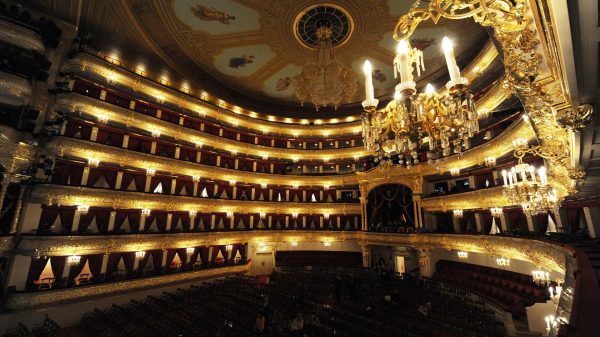



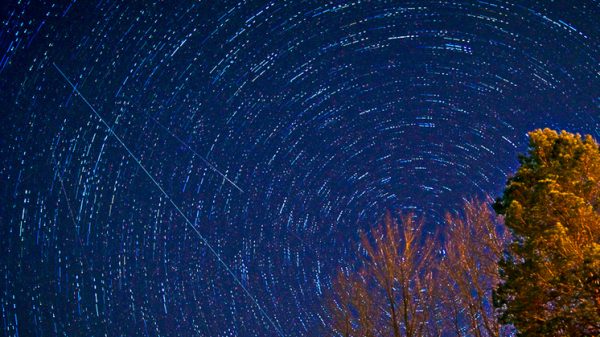
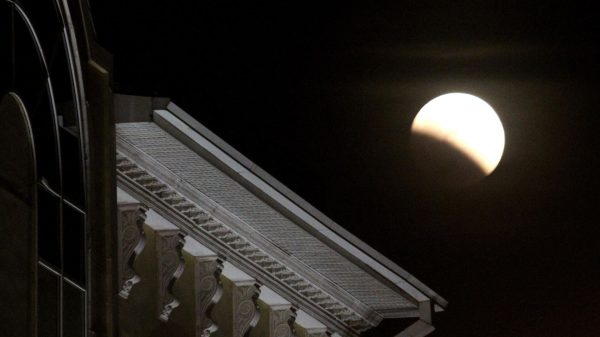

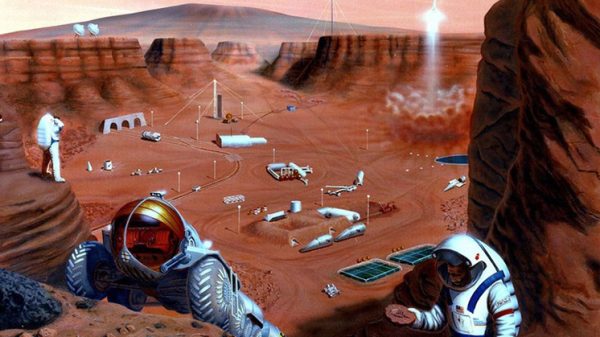


















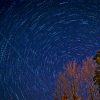

















Свежие комментарии